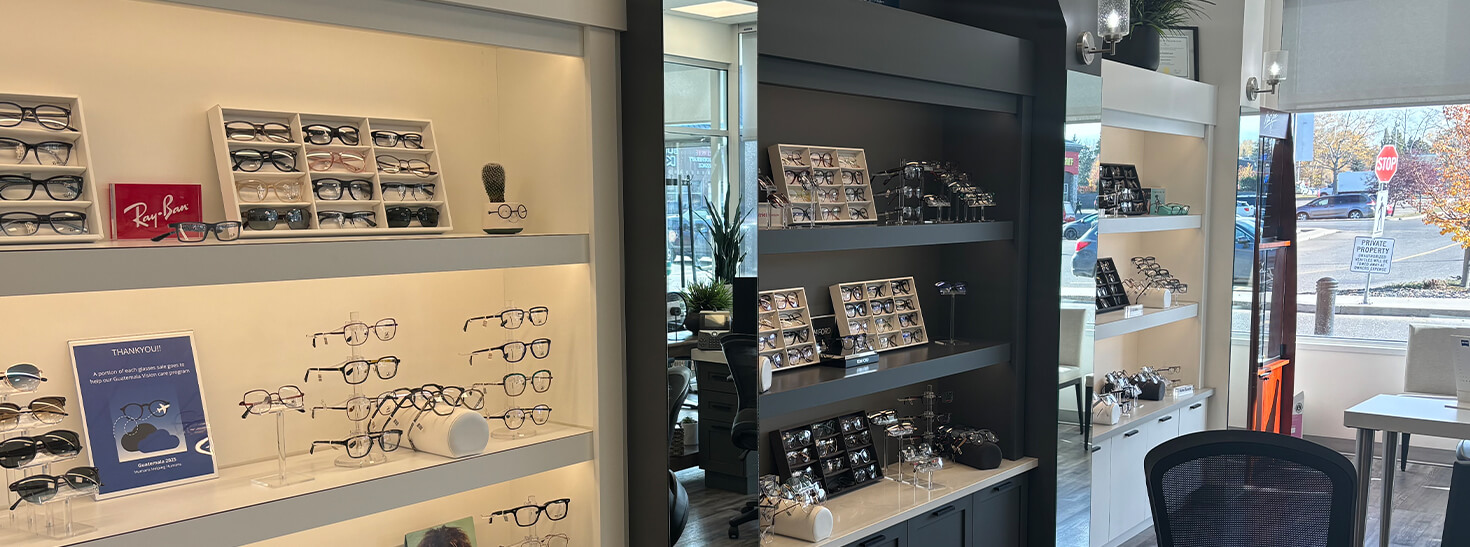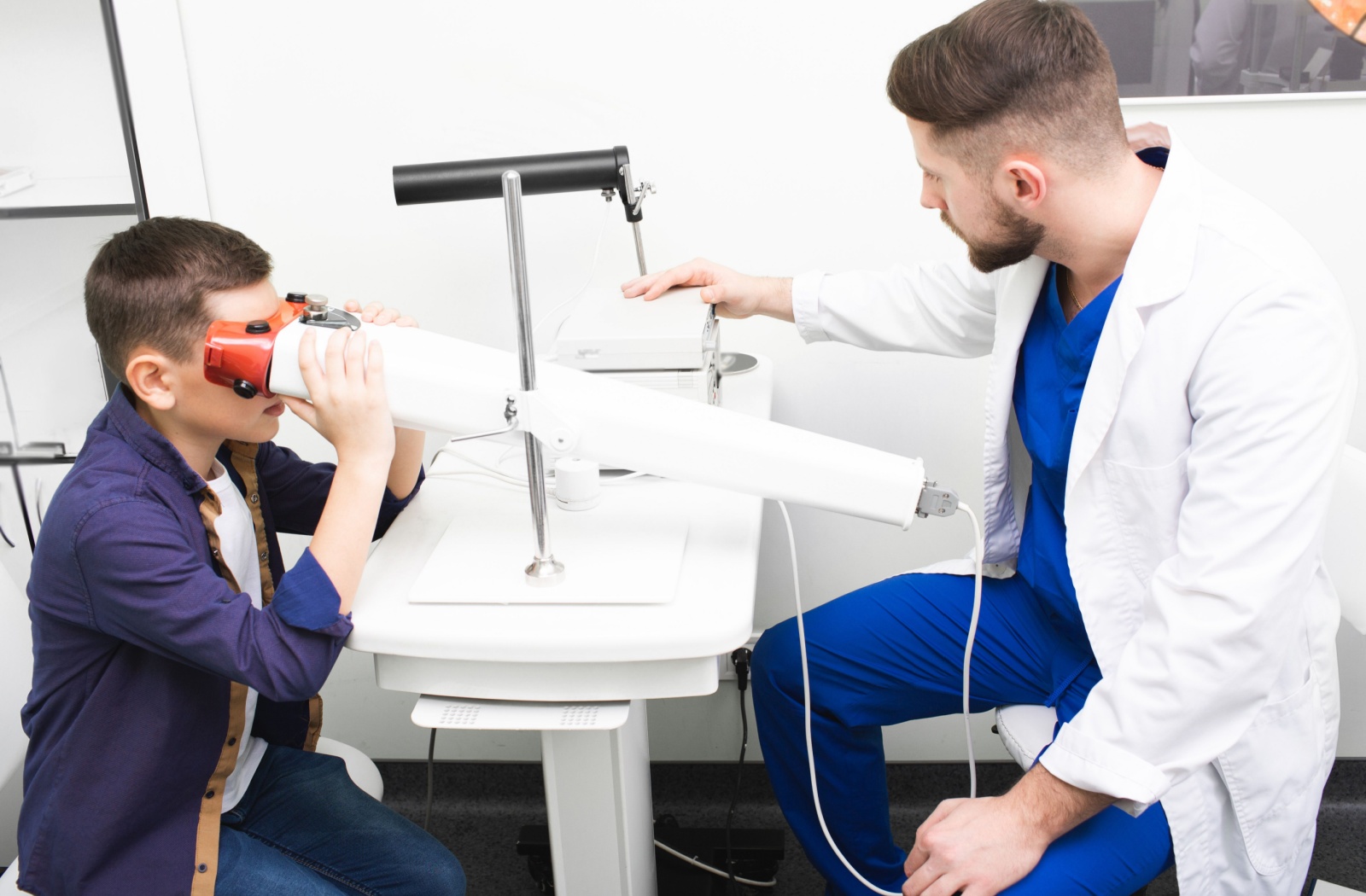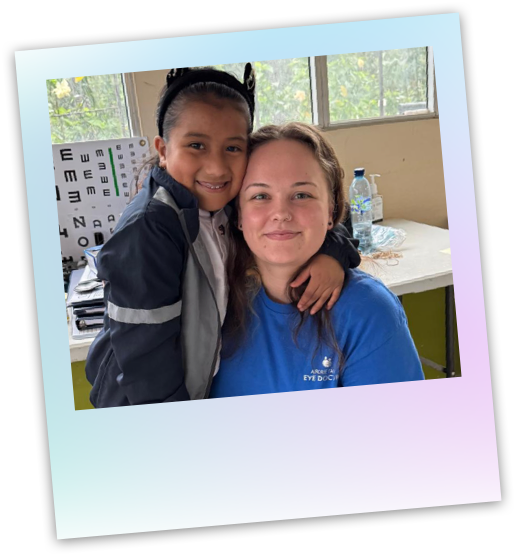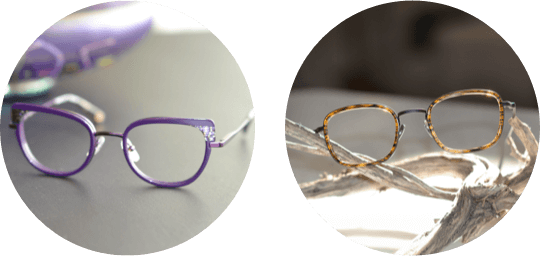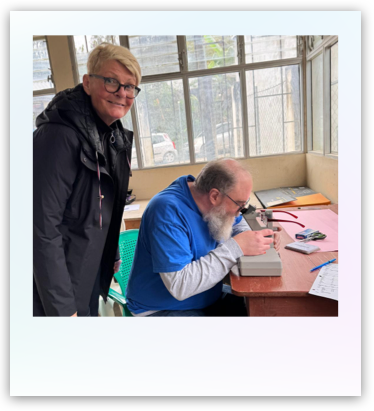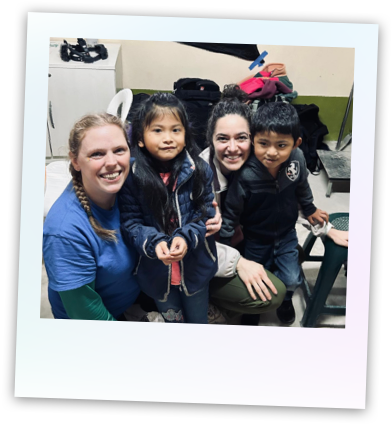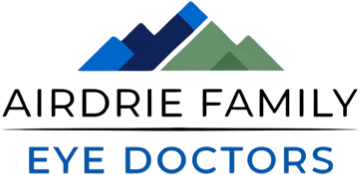The condition known as lazy eye typically begins in early childhood but can create lasting consequences if not addressed. While the optimal timing for amblyopia treatment is during childhood years, the fact is that it’s never “too late” to treat lazy eye.
Teens and even adults can experience positive results with treatment, although the improvements may vary from one person to another when treatment starts later in life. The first step is booking an appointment with your or your child’s eye doctor. They can examine their eyes and offer tailored solutions.
Understanding Lazy Eye (Amblyopia)
Amblyopia occurs when there’s a developmental lag in one eye’s vision quality, often due to the brain depending more on the other eye. This imbalance in visual input causes the brain to “ignore” the weaker eye, deterring its proper functionality.
It’s extremely important to note that this is an eye issue beyond the person’s control, so the term “lazy eye” is slightly misleading. It has nothing to do with a child or anyone else being lazy.
Amblyopia generally arises in young children and can be triggered by factors such as:
- Misalignment of the eyes
- Refractive errors, such as farsightedness, nearsightedness, or astigmatism
- Eye conditions that change vision—cataracts that disrupt vision early on, for example
It is crucial to understand that amblyopia is far more than a mere cosmetic issue. Without treatment, it can lead to long-term visual problems, underscoring the importance of early action.
Optimal Timing for Amblyopia Treatment
Studies show that people of all ages can benefit from amblyopia treatments, although some age groups respond better due to the brain’s developmental stages.
The Early Years
The prime time for treating amblyopia is during early childhood, typically between the ages of 3 and 7. During this stage, the neural connections between the eyes and the brain are still forming, which can make them more receptive to the treatment.
Common early intervention methods include:
- Patching: This involves temporarily covering the stronger eye to stimulate the weaker one.
- Prescription eyewear: Glasses can correct refractive errors that may contribute to amblyopia.
- Vision therapy: There are various customized exercises to enhance visual skills.
When caught early, many children experience significant vision improvements or even complete correction. We encourage parents to monitor their children’s vision and schedule regular eye examinations from as early as 6 months of age.
Middle Childhood & Beyond
Although the early years are key, any age can respond well to amblyopia treatment. We can provide a tailored regimen suited to your child’s particular needs. Combining patching with vision therapy can help the brain “retrain” itself to use the affected eye correctly.
Teenagers
Historically, managing amblyopia in teens was doubted due to perceived reductions in neuroplasticity, the brain’s ability to reorganize itself. But some studies indicate teenagers can still see improvements.
These methods can yield substantial enhancements. Talking with your child’s eye doctor remains beneficial, regardless of when amblyopia is discovered.
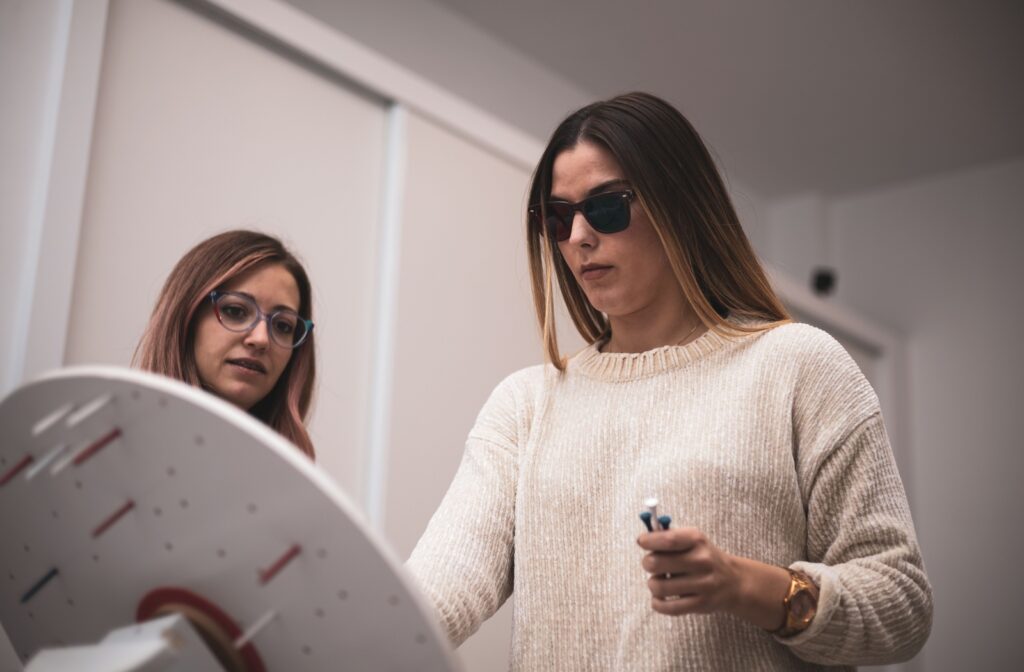
Treating Lazy Eye in Adults
Traditionally, doctors believed that successful amblyopia treatment was improbable after the brain’s key developmental phase, around ages 8 to 10. But recent studies tell us a different story—there’s still hope for an adult with successful amblyopia treatment.
Adult treatment approaches may include:
- Customized visual exercises: Programs to fortify eye-brain coordination.
- Binocular vision activities: Exercises encouraging both eyes to cooperate.
- Virtual reality therapies: Immersive programs that challenge the weaker eye with stimulating tasks.
While adults may not achieve flawless vision, their quality of life can noticeably improve. Addressing amblyopia can also mitigate related complications like depth perception issues or eye strain.
Early Eye Examinations Are Critical
Regardless of age, early detection facilitates superior outcomes. Eye examinations should be part of every child’s healthcare checklist from infancy. Pediatricians and optometrists can identify amblyopia’s early signs and initiate timely treatment.
Routine eye exams remain vital throughout adulthood, too. Unnoticed amblyopia can lead to other issues, such as impaired depth perception or challenges with tasks like driving. The earlier the condition is recognized, the sooner treatment can begin, regardless of age.
Taking Steps Toward Improved Vision
Amblyopia requires proactive attention. And although early intervention is ideal, it’s never completely “too late” to consider treatment options. Whether you’re a parent concerned about your child’s eyesight or an adult noticing amblyopia symptoms, action is always better than inaction.
At Airdrie Family Eye Doctors, we offer tailored treatment options for people of all ages. Book an appointment today to begin the path toward healthier vision.
